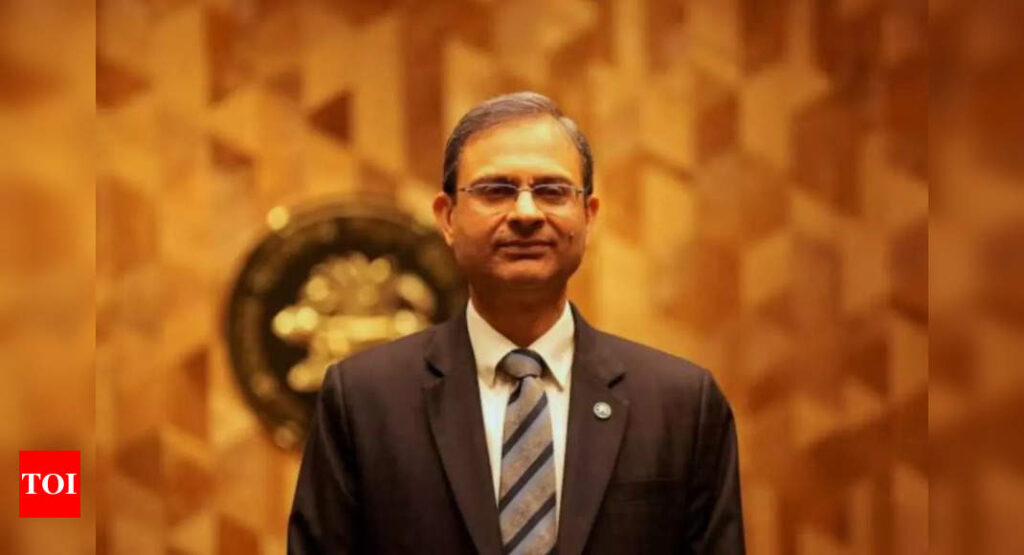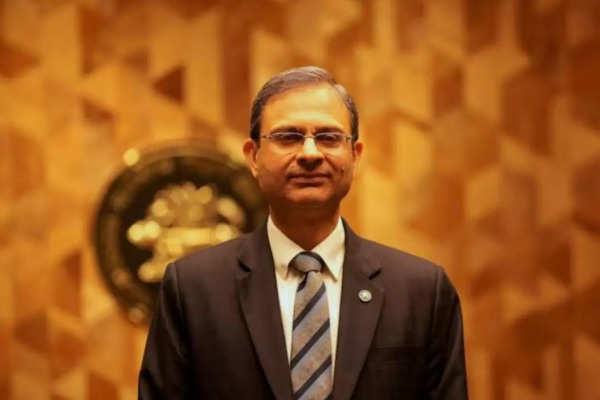Who is Sanjay Malhotra and why is he trending?

Sanjay Malhotra, who has just assumed office as the newly appointed Governor of the Reserve Bank of India (RBI) on December 11, 2024, has led his first Monetary Policy Committee (MPC) meeting, with over three decades of experience in taxation and technology sectors.
The Indian economy is passing through a testing phase and he is in the limelight during this crucial hour when the Union Budget FY26 has also proposed important tax reforms to boost consumption. The analysts are also predicting a 0.25 percent rate cut to address the sluggish economic growth. As the financial markets are eagerly waiting for the MPC decision, all eyes are on Malhotra’s approach to steering the economy through these turbulent times.
Who is Sanjay Malhotra?
Sanjay Malhotra, 26th Governor of RBI is trending for his role that might shape the country’s monetary policy. He was appointed on December 11, 2024,and is an IAS officer belonging to the Rajasthan Cadre of the 1990 batch. He holds a Bachelor of Technology degree in Computer Science from IIT-Kanpur and a Master’s in Public Policy from Princeton University.

Prior to being appointed RBI Governor, Malhotra had worked as Revenue Secretary in the Government of India, where he has been accounted for significantly improving the revenues for the Centre after the COVID-19 pandemic. His measures for increasing the tax base greatly has contributed to the regularisation of the Indian economy.
There is a lot of buzz surrounding the financial markets with the possibility of a 0.25 percent rate cut by the MPC under Malhotra’s leadership. Analysts at Goldman Sachs have predicted this cut, by mentioning the need to address increased global unpredictability and support economic growth. They anticipate a 25 basis points reduction in the repo rate by the central bank. The firm argues that this rate cut is essential to counter the rising volatility. On the depreciation of the Rupee, Goldman Sachs India Economist Santanu Sengupta states that it is a ‘necessary macroeconomic correction.’
The Union Budget FY26 has also proposed massive tax reforms with the motive of boosting the usage.
What does rate cut mean?
It means a reduction in the rate at which a central bank, the RBI, lends to commercial banks through the interest rate. This rate is also commonly known as the repo rate. Repo rates determine the average borrowing costs of an economy. When the central bank lowers this rate, it becomes cheaper for the banks to borrow money which will mean lower interest rates for loans and mortgages for consumers and businesses. The motive behind this is to boost economic activities through borrowing and spending, especially during periodic economic slow-downs or global volatility.








